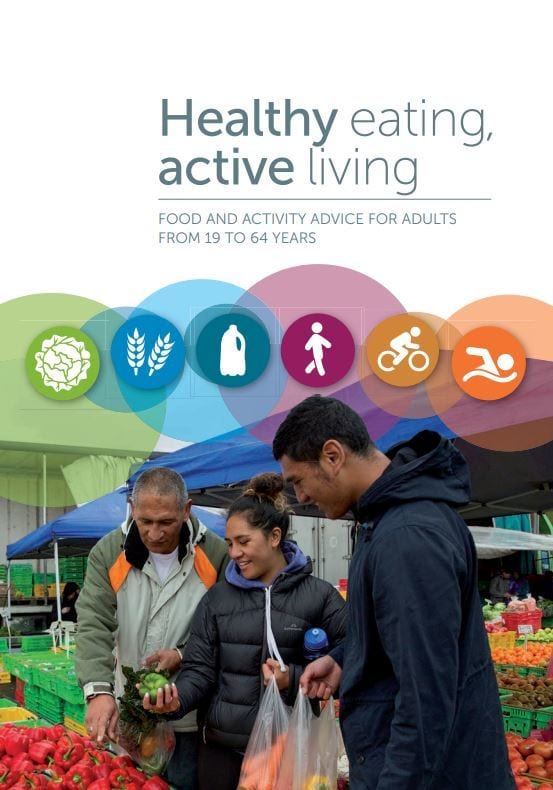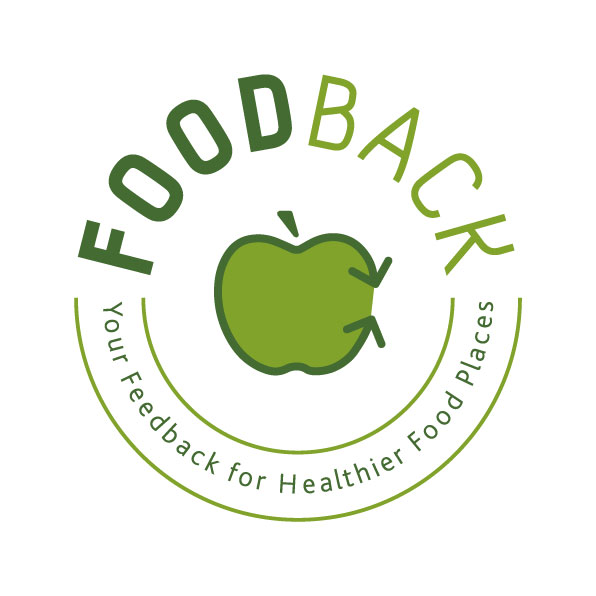Healthy eating, active living

What and how much you eat and drink, and being physically active are important for your health. Being healthy improves your quality of life and your sense of wellbeing. Being healthy also means that you are more likely to be around longer for your whānau.
The advice in this booklet is to help you:
• choose healthy foods and drinks (pages 2–12)
• have a healthy bodyweight (page 13)
• be active in everyday life (pages 14–17).
This booklet is based on the Ministry of Health’s Eating and Activity Guidelines for New Zealand Adults.
HE1518_Healthy Eating, Active Living-26npkh3
Healthy heart visual food guide

Eat most – of course, fruit and vegetables reign, these should be eaten more than other foods. However, surprisingly, starchy vegetables such as potatoes and kumara have been left out from this group as they have more carbohydrates and are a bit different to the other fruits & vegetables. It is actually very important to eat starchy vegetables as these foods are low in calories and have extra fibre and anti-oxidants that healthy hearts need.
Eat some – it is suggested that you eat some cereals, breads, and starchy vegetables. This food group being rated second on the list is debatable, since eating a lot of these foods, (particularly if they’re processed or refined), will contribute to weight gain and heart disease. But everyone is different, so common sense is needed here – if you have diabetes, are overweight, or in danger of developing heart disease, then its a good idea to only eat a little bit of these foods – if you’re unsure, it’s recommended you see a dietitian or chat with your GP.
Meat, chicken, fish, legumes and eggs – these foods are rich in protein, fat-soluble vitamins and crucial minerals. As a bonus, the protein makes you feel full so you won’t eat as much. However, it could be debated that this food group should be promoted to runner up (‘eat some’), since meat, fish and chicken trigger a lower insulin reaction than carbs (carbohydrates) that could help to manage blood sugar levels and cut down on a range of risk factors for cardiovascular disease. For now, its suggested meat be a side dish instead of being your main meal.
Milk and dairy – in a similar place to where it was on the old food pyramid. Milk contains quality protein and is a good source of calcium.
Oils and nuts – a casual recommendation for a food group that may have more health advantages than people are aware of. This guide doesn’t explain the specific oils or fats that should be consumed. Some background reading to discover more about this food group could be useful.
Dead last – reducing junk food (take-aways, foods or drinks with a lot of sugar, salt or saturated and trans fats). However, beware as many junk foods go unnoticed, avoiding the ‘junk food label’, such as muesli bars (often very high in sugar).
Overall, this is an improvement from the old food pyramid, but it is only a guide, it’s recommended that you do your own research to find out what diet works best for you. If you’re ever unsure, it’s recommended you see a dietitian or chat with your GP.
More information
The Heart Foundation of New Zealand
The Health Research Council of New Zealand
Creating healthy food environments through global benchmarking of government nutrition policies and food industry practices
Stefanie VandevijvereEmail author and Boyd Swinburn
Archives of Public HealthThe official journal of the Belgian Public Health Association201472:7
https://doi-org.ezproxy.auckland.ac.nz/10.1186/2049-3258-72-7© Vandevijvere and Swinburn; licensee BioMed Central Ltd. 2014
Received: 26 September 2013Accepted: 14 November 2013Published: 5 March 2014
2049-3258-72-7-1mff8or

